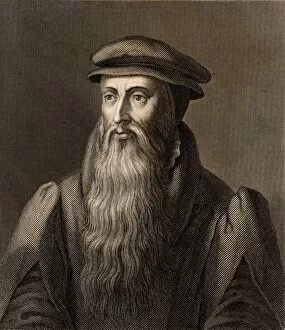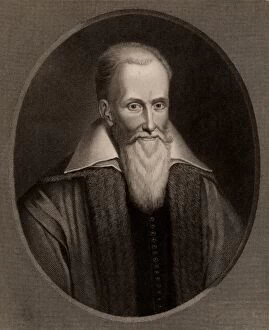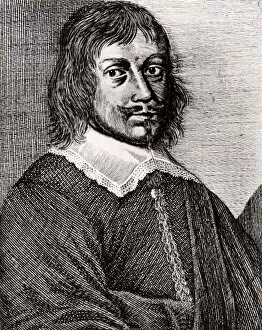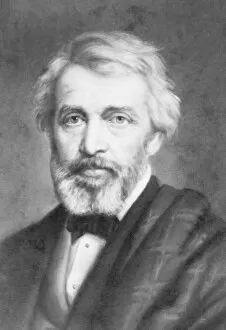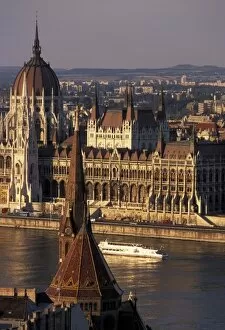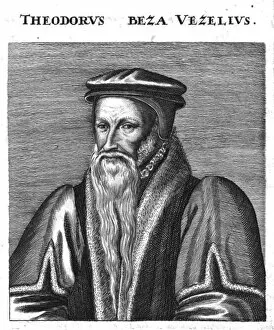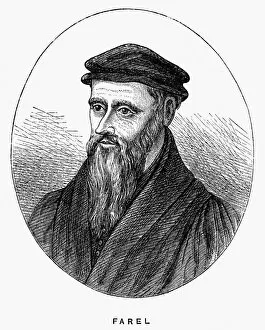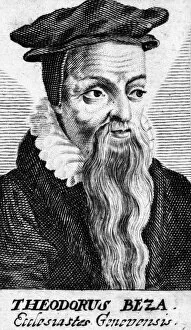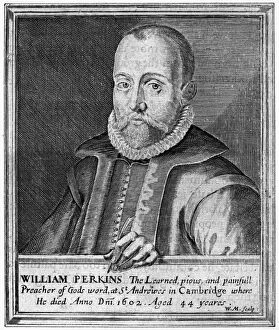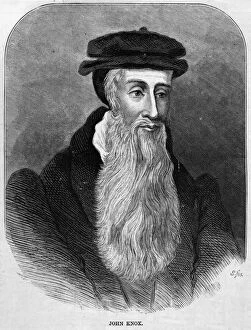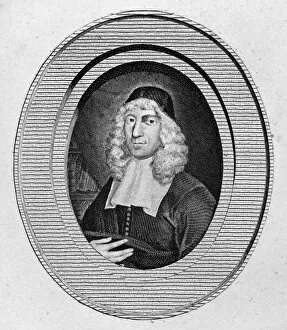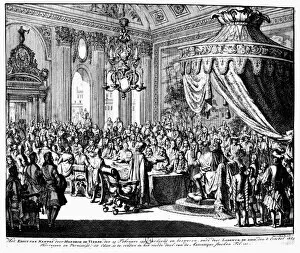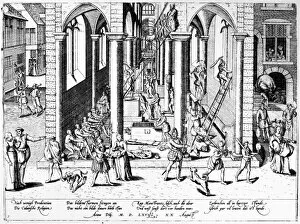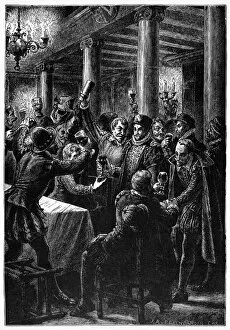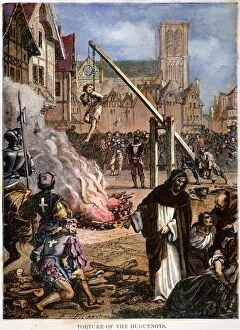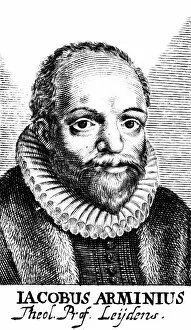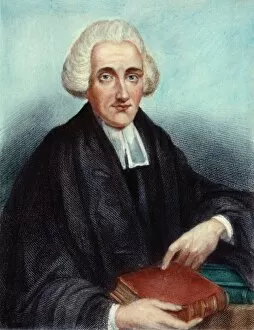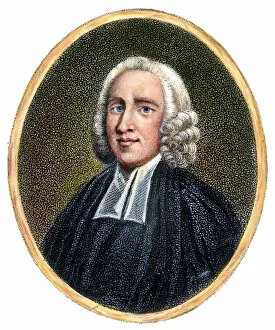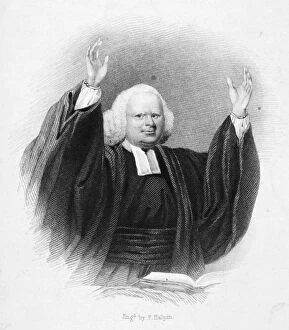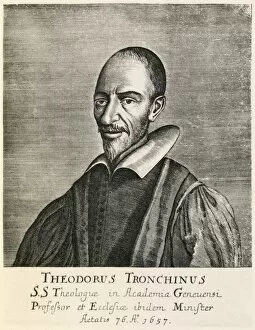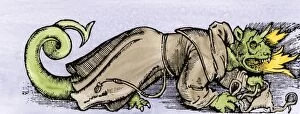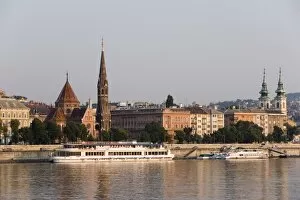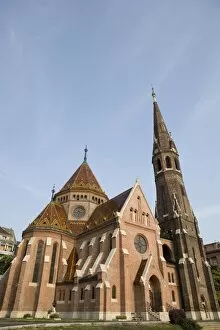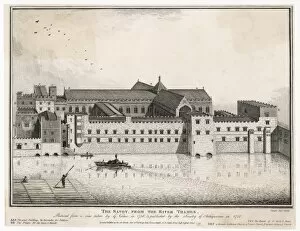Calvinist Collection (page 4)
Calvinist
For sale as Licensed Images
Choose your image, Select your licence and Download the media
Calvinist: A Legacy of Theological Reform and Religious Influence The term "Calvinist" traces its origins back to the influential French Protestant Reformation theologian, John Calvin (1509-1564). His ideas and teachings left an indelible mark on religious history. Born in France during a time of religious turmoil, Calvin became a prominent figure in the Protestant movement. He developed a comprehensive system of Christian theology known as Calvinism, which emphasized predestination and the sovereignty of God. His magnum opus, "Institutes of the Christian Religion, " remains one of the most significant theological works ever written. Across Europe and beyond, Calvin's ideas spread like wildfire, shaping not only religious thought but also political systems. In England, his influence extended to figures such as John Owen (1616-1683), an English Puritan pastor and theologian who ardently defended Calvinistic principles. Even today, remnants of this theological tradition can be found worldwide. From Budapest's Castle Hill with its iconic Calvinist Church overlooking the Danube River at dusk to Spa Fields Chapel in London where fervent sermons once echoed through its walls – these physical landmarks stand as testaments to the enduring impact of Calvinism. Beyond Europe's borders lies America's own connection to this theological heritage. Lemuel Haynes (1753-1833), an American Revolutionary soldier turned Congregational minister, exemplified how Calvinism shaped early American society. Artistic depictions further illustrate key moments in history influenced by this movement. Whether it is George Wishart protecting his would-be assassin or Anne du Bourg facing execution for her beliefs – these images capture both triumphs and tragedies that unfolded amidst religious upheaval. From 16th-century lithographs portraying John Calvin himself to copper engravings immortalizing John Owen centuries later – visual representations have preserved their legacies for generations to come.

